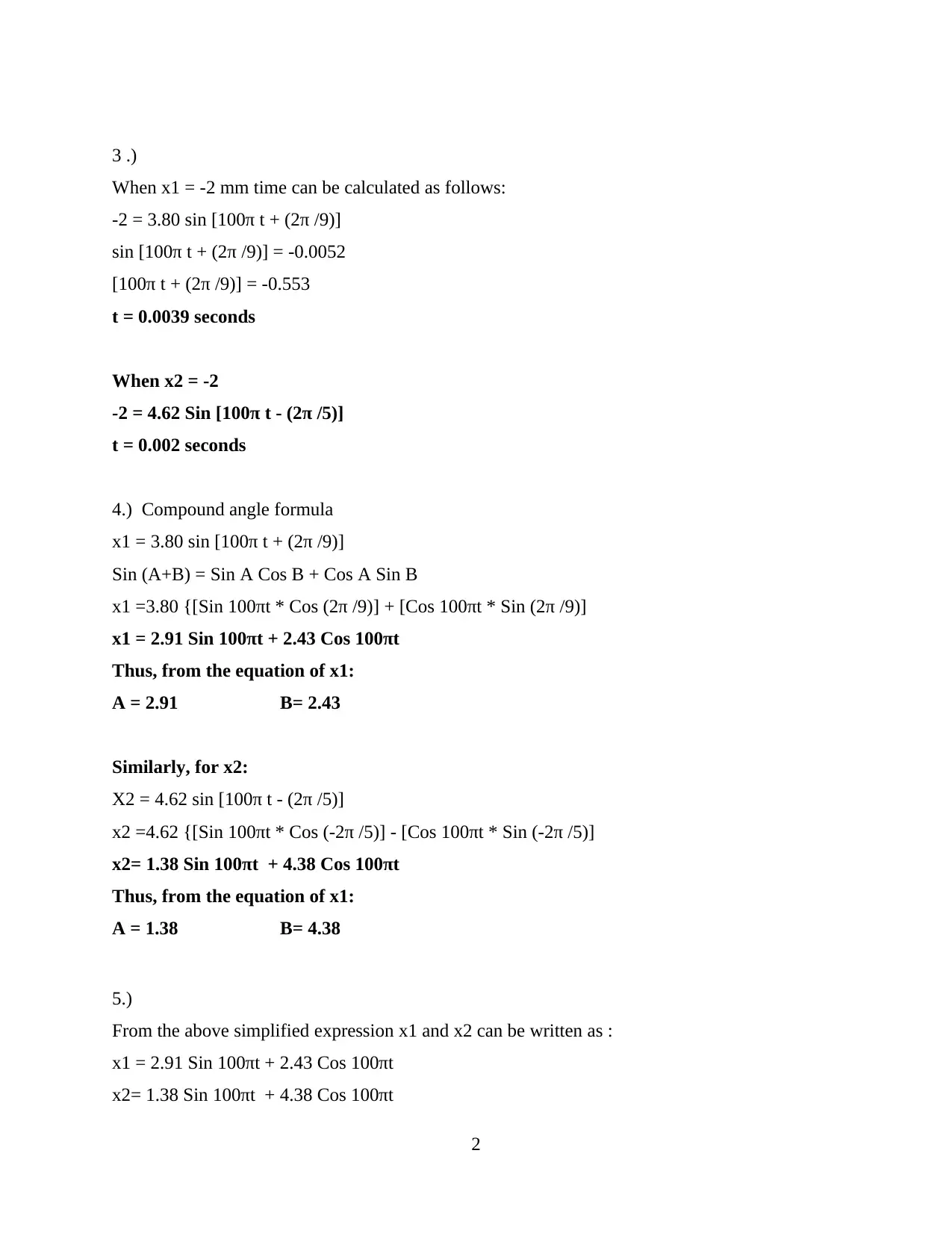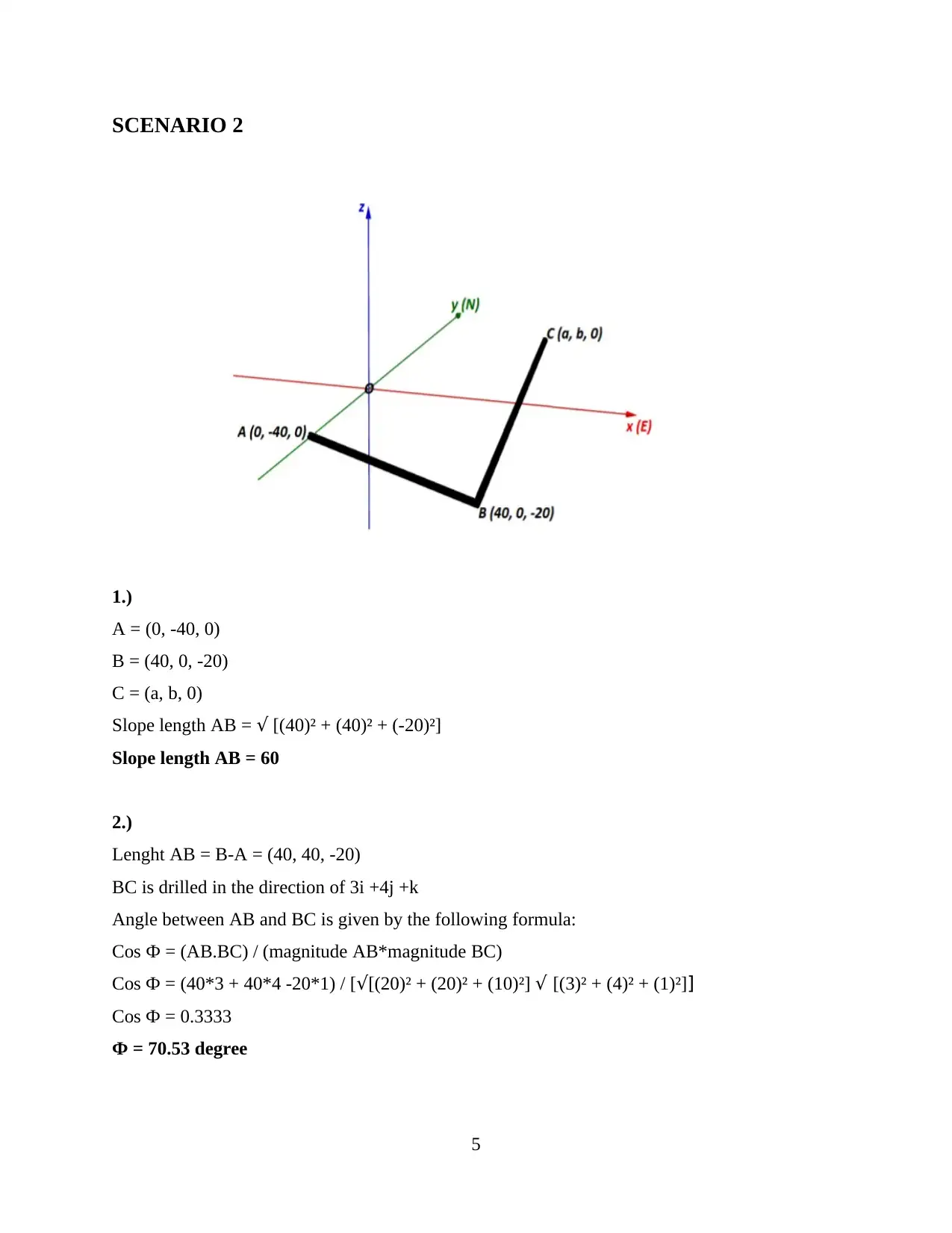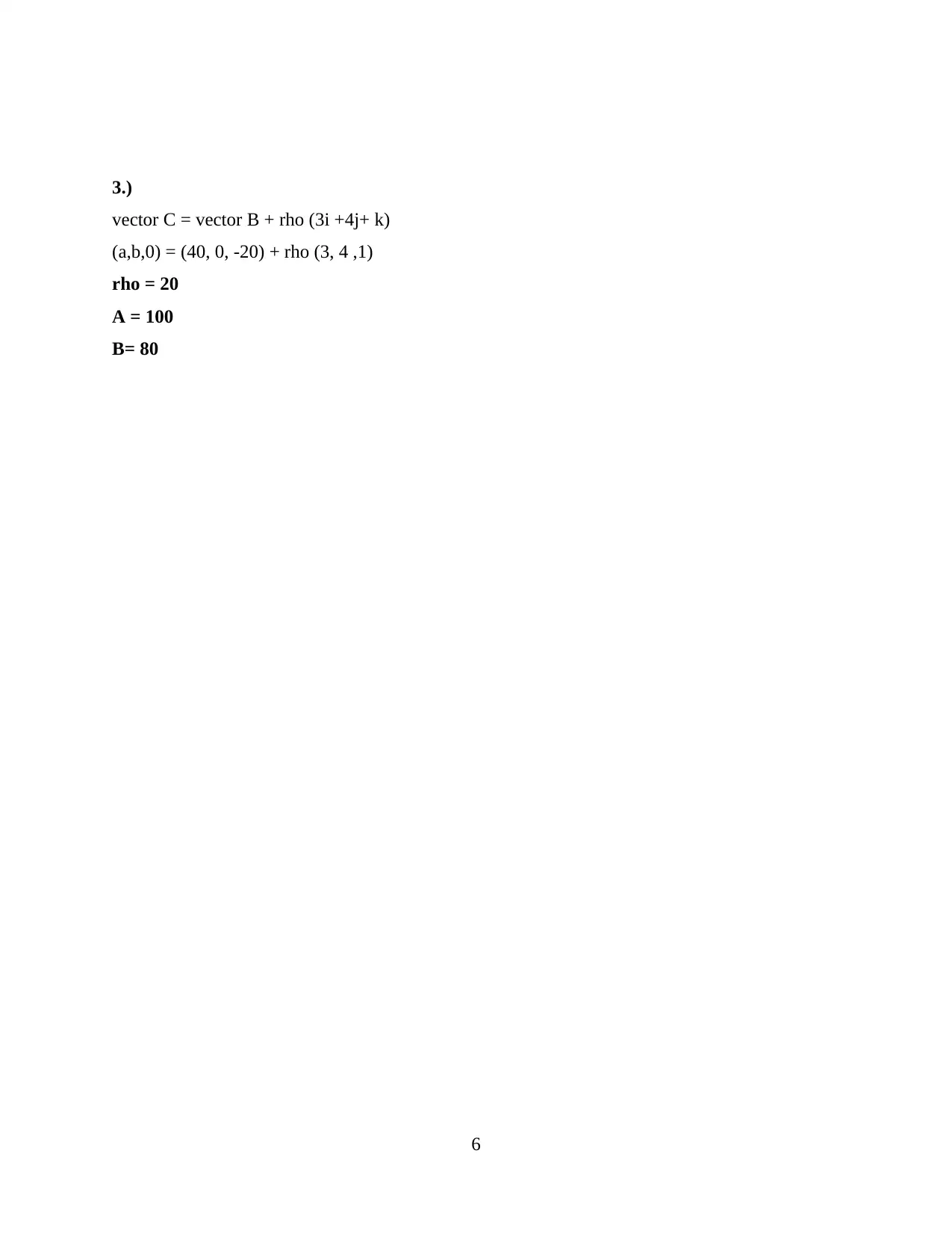Physics Assignment: Detailed Analysis of Wave and Vector Functions
VerifiedAdded on 2023/01/23
|12
|839
|71
Homework Assignment
AI Summary
This physics assignment solution covers two scenarios involving wave and vector functions. Scenario 1 analyzes two wave functions, calculating their amplitudes, phases, frequencies, periodic times, and maximum displacements. It also determines times for specific displacements, simplifies the functions using compound angle formulas, and discusses their superposition and interference. Scenario 2 focuses on vector functions, determining slope lengths, angles between vectors, and calculating vector components. The assignment provides detailed step-by-step solutions to illustrate the concepts and problem-solving techniques for a thorough understanding of wave and vector analysis.
1 out of 12















![[object Object]](/_next/static/media/star-bottom.7253800d.svg)